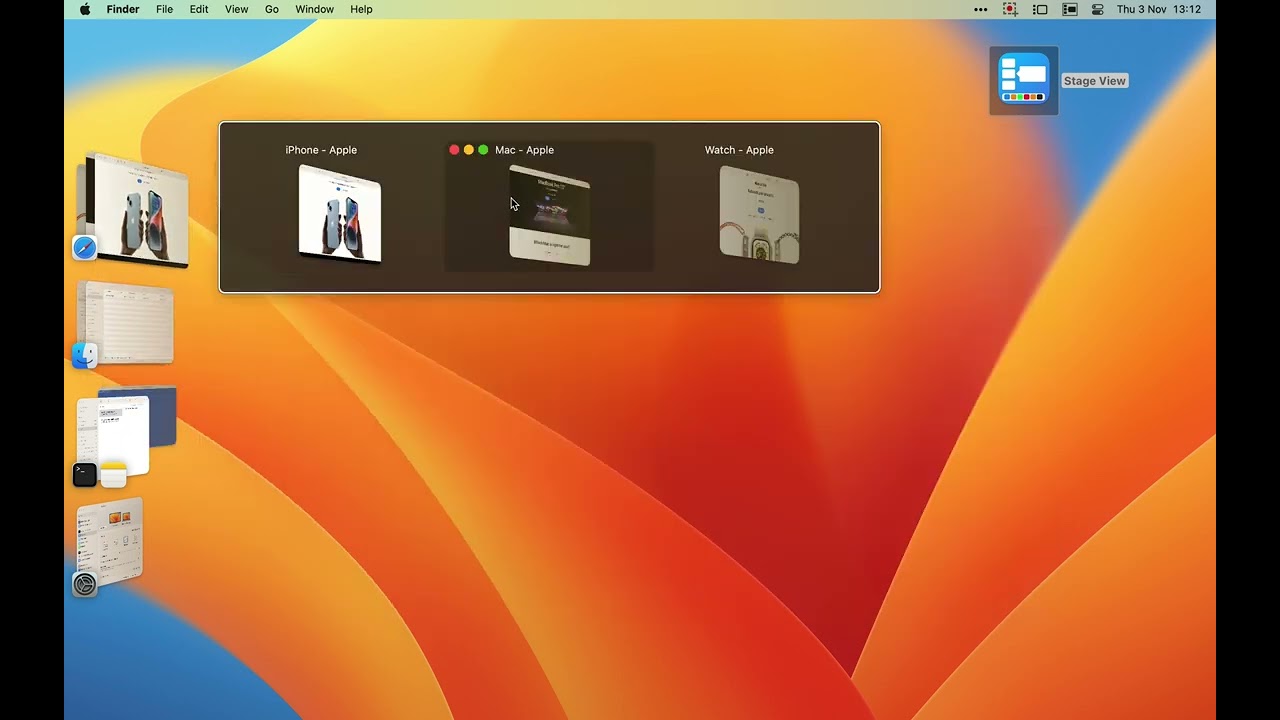

- #ACTIVEDOCK FINDER HOW TO#
- #ACTIVEDOCK FINDER MAC OS X#
- #ACTIVEDOCK FINDER PASSWORD#
- #ACTIVEDOCK FINDER MAC#

#ACTIVEDOCK FINDER MAC#
While ActiveDock looks and behaves like the Mac dock, it's loaded with tons of features. Thankfully, there's ActiveDock, an improved dock for macOS that opens up a world of new possibilities for your Mac. Perfect Solutions to Uninstall ActiveDock 1.Apple has a reputation for creating products that are sleek, intuitive, and user-friendly.except when it comes to the dock on their Mac computers. Removing applications on Mac is pretty straightforward for experienced users yet may be unfamiliar to newbies.
#ACTIVEDOCK FINDER HOW TO#
This page is about how to properly and thoroughly uninstall ActiveDock 1.1 from Mac. If you have no clue how to do it right, or have difficulty in getting rid of ActiveDock 1.1, the removal solutions provided in the post could be helpful. General knowledge: Once installed, an app is typically stored in the /Applications directory, and the user preferences for how the app is configured are stored in ~/Library/Preferences directory. Additionally, some apps may create supporting files, caches, login files scattering around the system directory. That means, if you simply trash the app and think the removal is done, you’re wrong. The trash-to-delete method may leave some junk files behind, resulting in incomplete uninstall. Question 1: How can I uninstall ActiveDock 1.1 from my Mac? So, when you decide to uninstall ActiveDock 1.1 on Mac, you will need to tackle the following two questions.
#ACTIVEDOCK FINDER MAC OS X#
Most Mac apps are self-contained, and the trash-to-delete option works on all versions of Mac OS X and later. Here’s the regular steps to uninstall ActiveDock 1.1 on Mac: In most circumstances you can take the drag-and-drop way to delete ActiveDock 1.1 from your computer. Step 1: Quit ActiveDock 1.1 as well as its related process(es) if they are still running.Step 2: Launch Finder on your Mac, and click Applications in the Finder sidebar.Step 3: Search for ActiveDock 1.1 in the /Applications folder, then drag its icon to the Trash icon located at the end of the Dock, and drop it there.
#ACTIVEDOCK FINDER PASSWORD#
Step 4: If prompted, enter administrator password and hit OK to allow the change.Īlso, you can right-click/control click ActiveDock 1.1 icon and then choose Move to Trash option from the sub menu.Step 5: Choose Finder > Empty Trash from the Menu bar.Or choose right click Trash icon, choose Empty Trash, and Empty Trash again in the pop-up dialog.īesides, you also can trash the app from the Launchpad interface. During the process, you may be prompted to enter an administrator’s password to make the deletion take effect. Note that the moment you empty the Trash, the app will be permanently removed from your Mac. This act is irrevocable so you must do it with caution. Why I cannot delete ActiveDock 1.1? Being prompted that “The item ActiveDock 1.1 can’t be moved to the Trash because it’s open”? This message occurs because ActiveDock 1.1 (or its background process) is still running.

To quit an app, the common way is to right click app icon on the Dock and choose Quit option. To find out and kill related background process(es), you can run Activity Monitor (located in /Applications/Utilities folder) instead. When uninstalling antivirus/security or malware software, the better option is to reboot your Mac into Safe Mode to prevent automatic launch, and then perform the uninstallation.Īdditionally, if ActiveDock 1.1 comes with a built-in uninstaller, or it was installed via the Mac App Store, there is an alternative way you can take to perform the uninstallation.


 0 kommentar(er)
0 kommentar(er)
